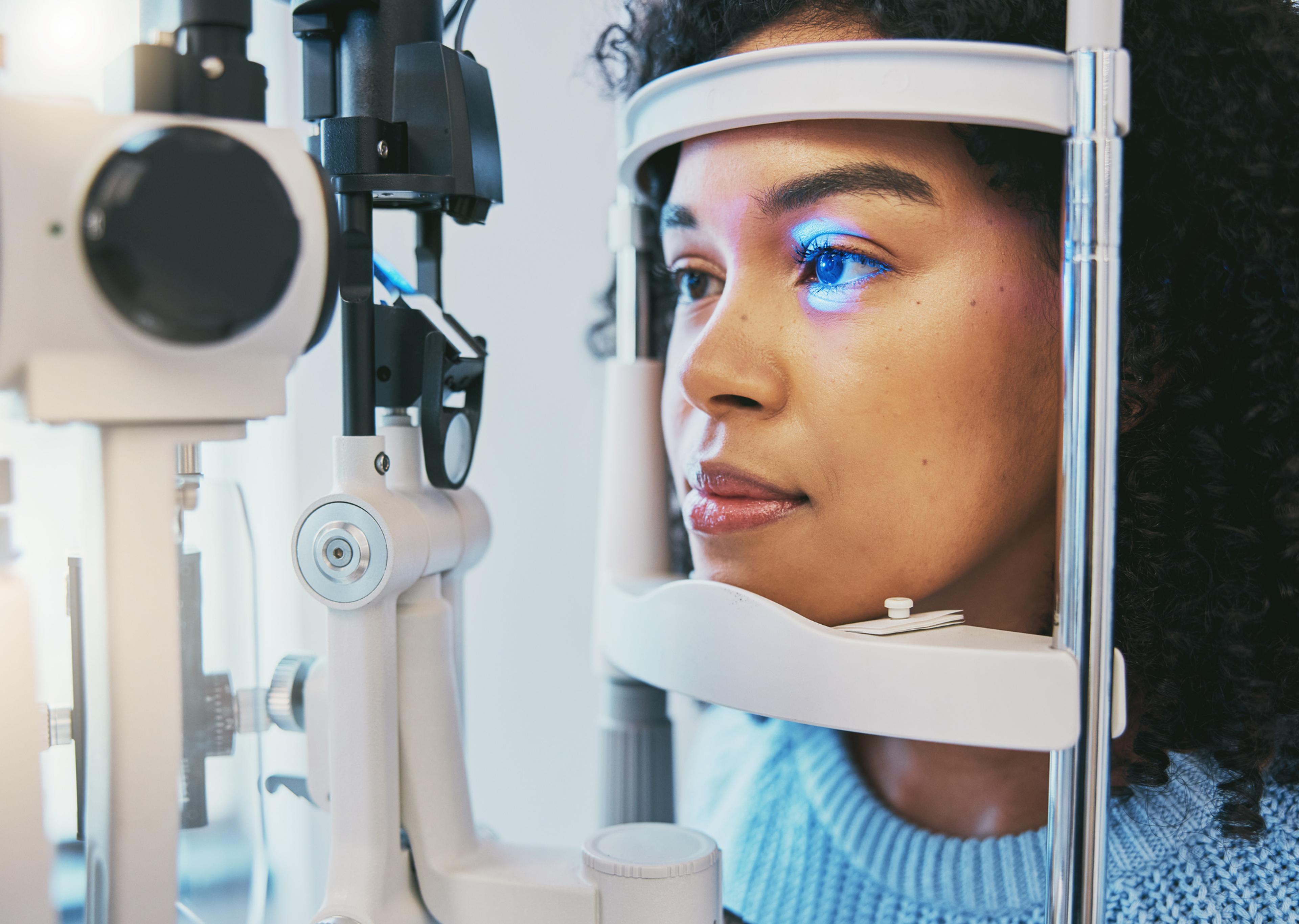Cataract Surgery: When Is It Time to Have it and How Quick is Recovery?

Isabella Cannon
| 3 min read
Isabella Cannon is a former Corporate Communications...

The lens in your eye is like a clear, flexible window that helps focus light so you can see things clearly. As you age, the lens can get cloudy and make it difficult to see clearly. This is called a cataract.
As the cataract gets worse, the eye has a harder time focusing. Your lens may cloud so slowly that you don't notice any vision changes at first. In early stages, glasses may help you see better. As the lens gets cloudier, your healthcare provider may advise surgery to restore your vision.
Eventually, cataracts can make it more difficult to read and see at night or cause sensitivity to light.
Symptoms include:
- Blurry vision
- Colors look faded
- Double vision
- Sensitivity or seeing halos around lights
- Changing the prescription for your glasses or contact lenses often
As you age, the lenses in your eyes become less flexible and grow thicker. According to the National Eye Institute, the proteins in your eyes start to break down around age 40. Cataracts form when proteins and fibers within the lenses break down and clump together.
What are risk factors?
- Increasing age
- Diabetes
- Getting too much sunlight
- Smoking
- Alcohol
- Family history of cataracts
- Previous eye injury or inflammation
- Taking steroids
Over time, cataracts can lead to vision loss. Once you reach the age of 60, get a dilated eye exam every 1 to 2 years. The exam is simple — your doctor will give you eye drops to dilate your pupil and then check your eyes for cataracts and other eye problems.
What is cataract surgery and how does it work?
According to John Hopkins, cataract surgery is the most commonly performed and safest surgical procedure compared to any other surgery in medicine.
Cataract surgery uses small incisions and suction to remove the cloudy lens, and then replace it with an artificial plastic lens. According to the Mayo Clinic, lens extraction is done using one of two procedures: phacoemulsification or extracapsular surgery.
After your cloudy lens is removed, it will be replaced with an implanted clear artificial lens called an intraocular lens. Your eye doctor will select a lens with appropriate focusing power based on measurements of the eye that were made before surgery.
Cataract surgery is typically performed as an outpatient procedure and the procedure itself usually lasts less than half an hour, according to Harvard Medical School. While the surgery itself takes 10-15 minutes, you could be at the facility for a few hours due to the time it takes for preparation, post-surgery evaluation, and recovery instructions.
It’s important to have someone to drive you home after your procedure.
What to know about cataract surgery recovery
- Apply prescription antibiotic and anti-inflammatory eyedrops several times a day to prevent infection and reduce inflammation.
- Wear an eye shield to protect your eyes while you sleep.
- Wear sunglasses outside per your doctor's recommendation.
You should see your ophthalmologist for several postoperative visits, typically one day, one week, one month, two months, and six months after surgery. Your doctor will examine your eye, test your visual acuity, and measure your eye pressure as you recover. In most cases, full recovery from cataract surgery takes four weeks. People often notice improvement in their vision within a few days. There should be little pain or discomfort during this period, according to the Cleveland Clinic.
Image: Getty Images





